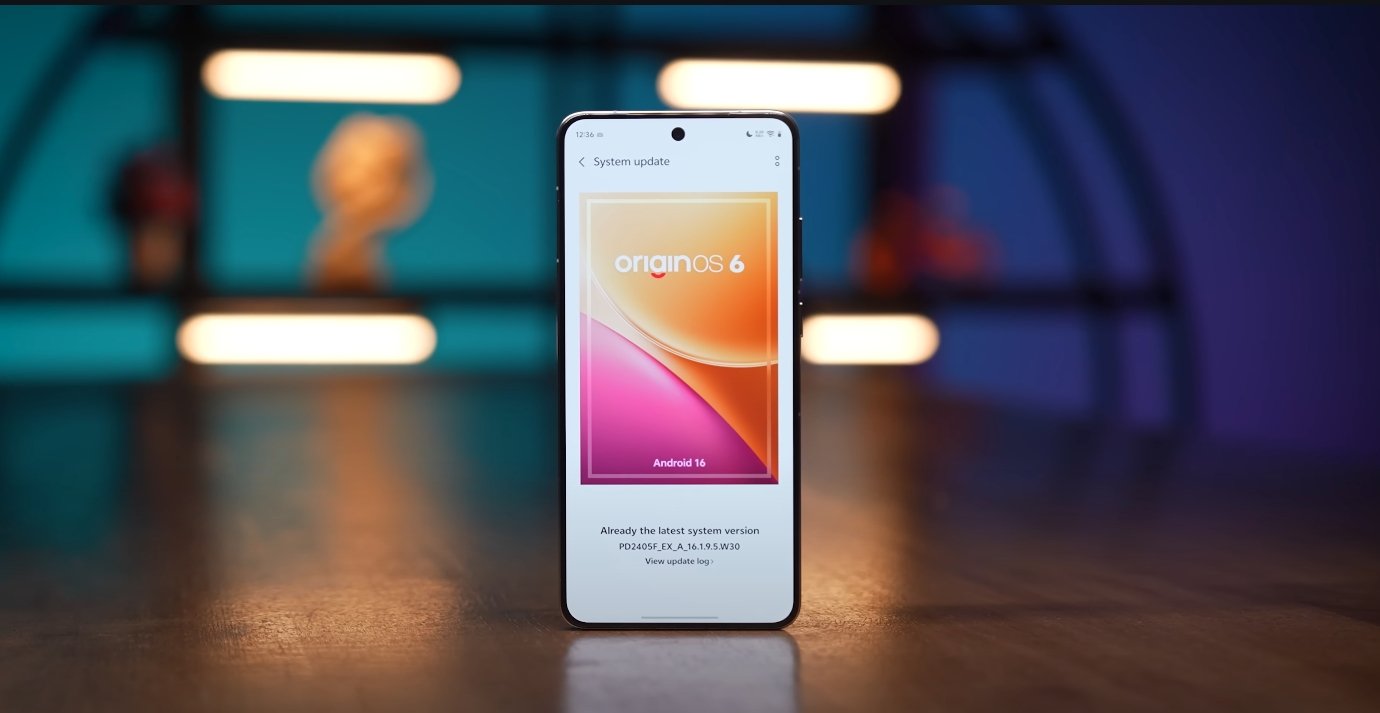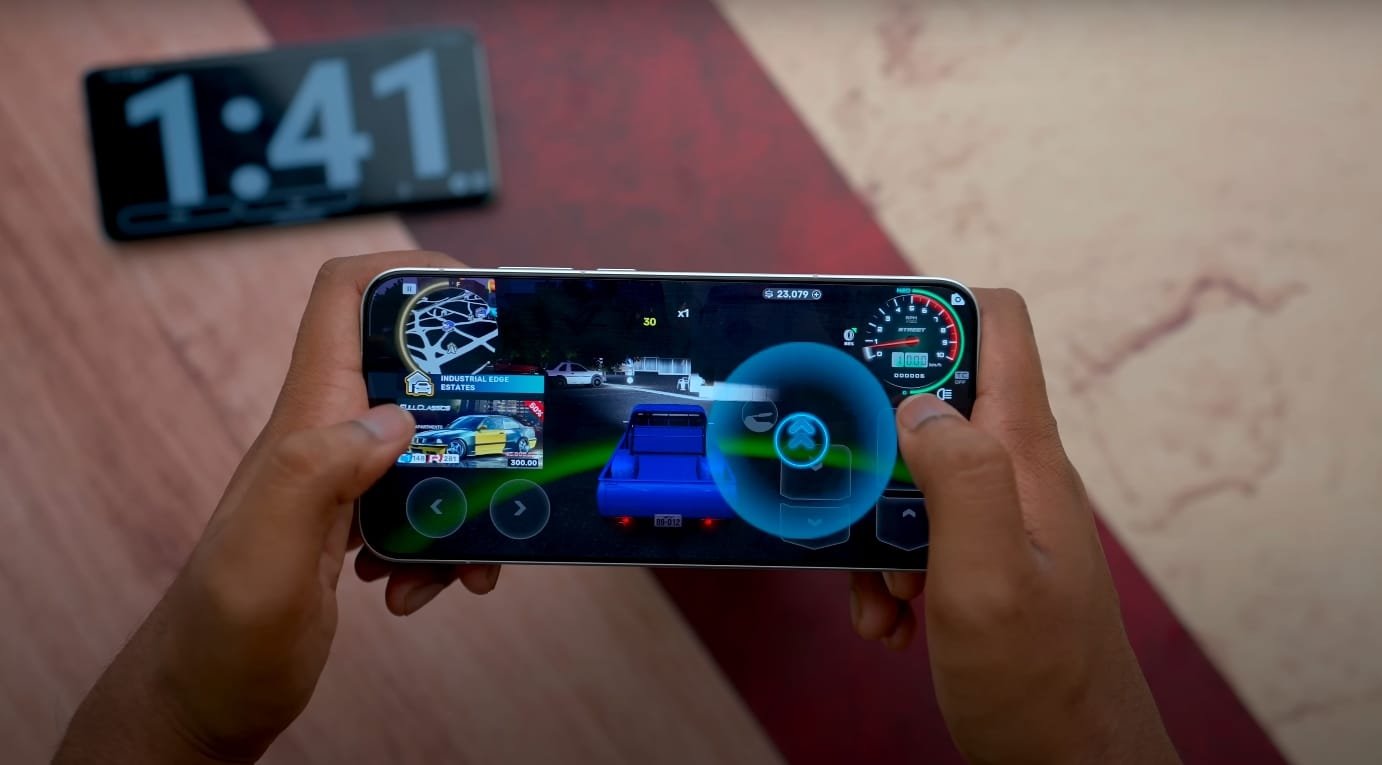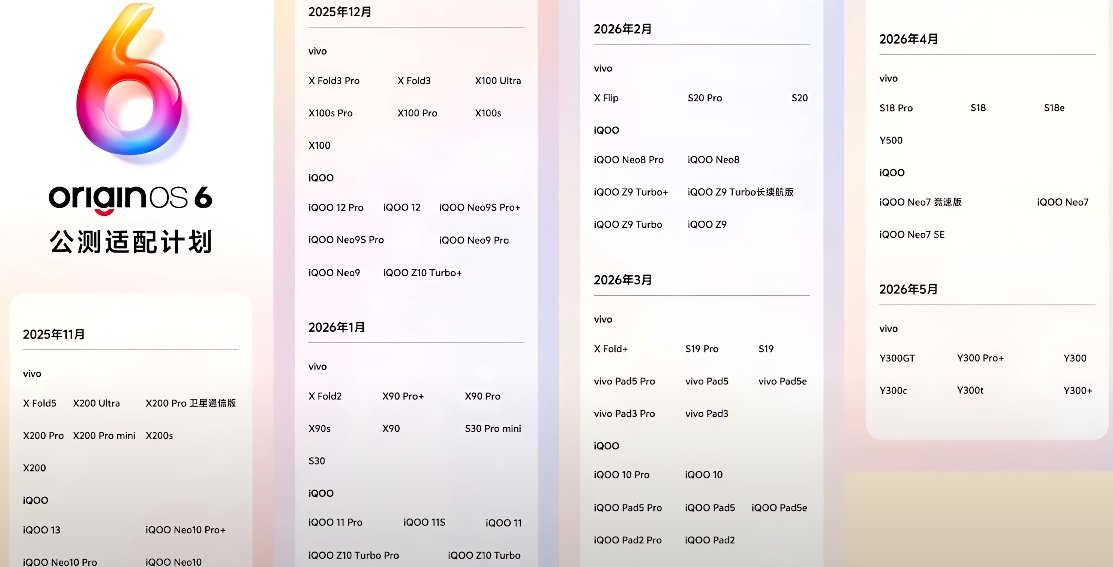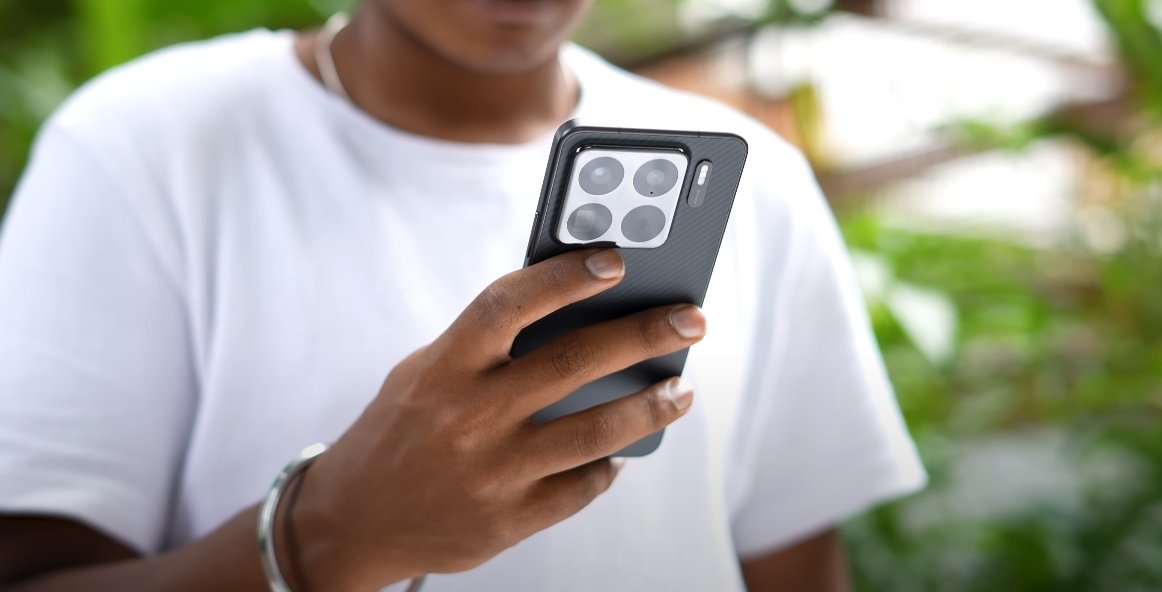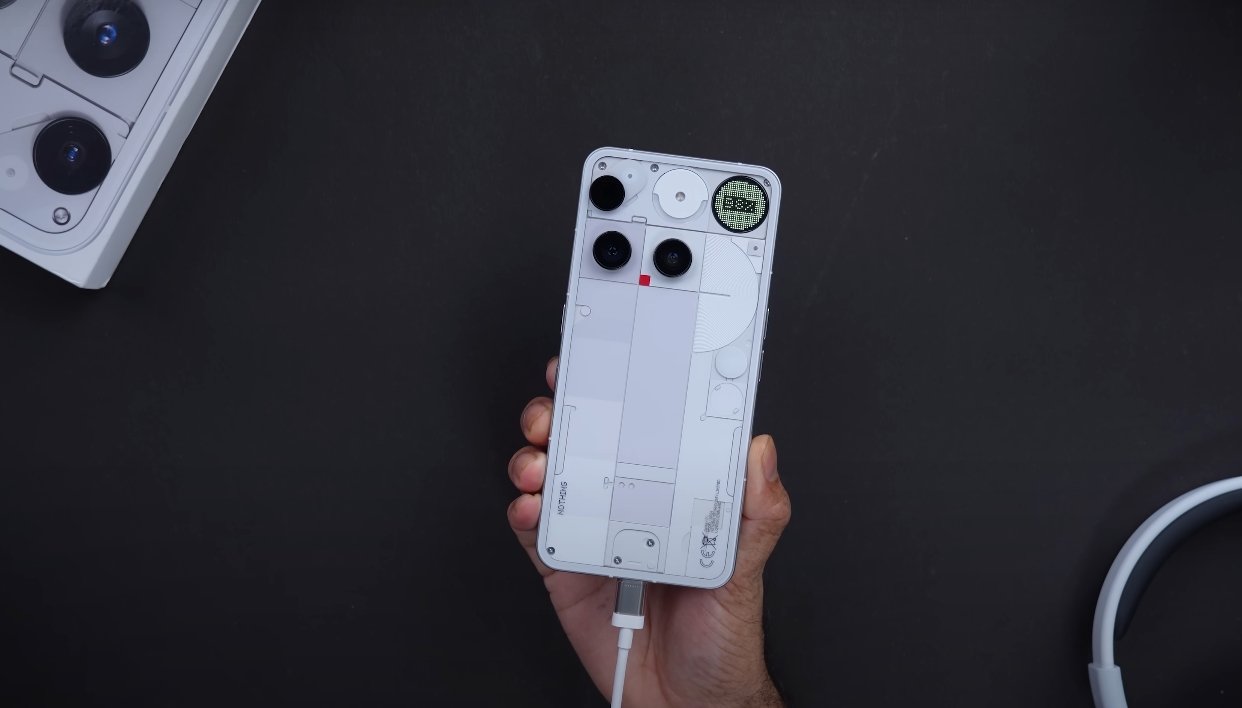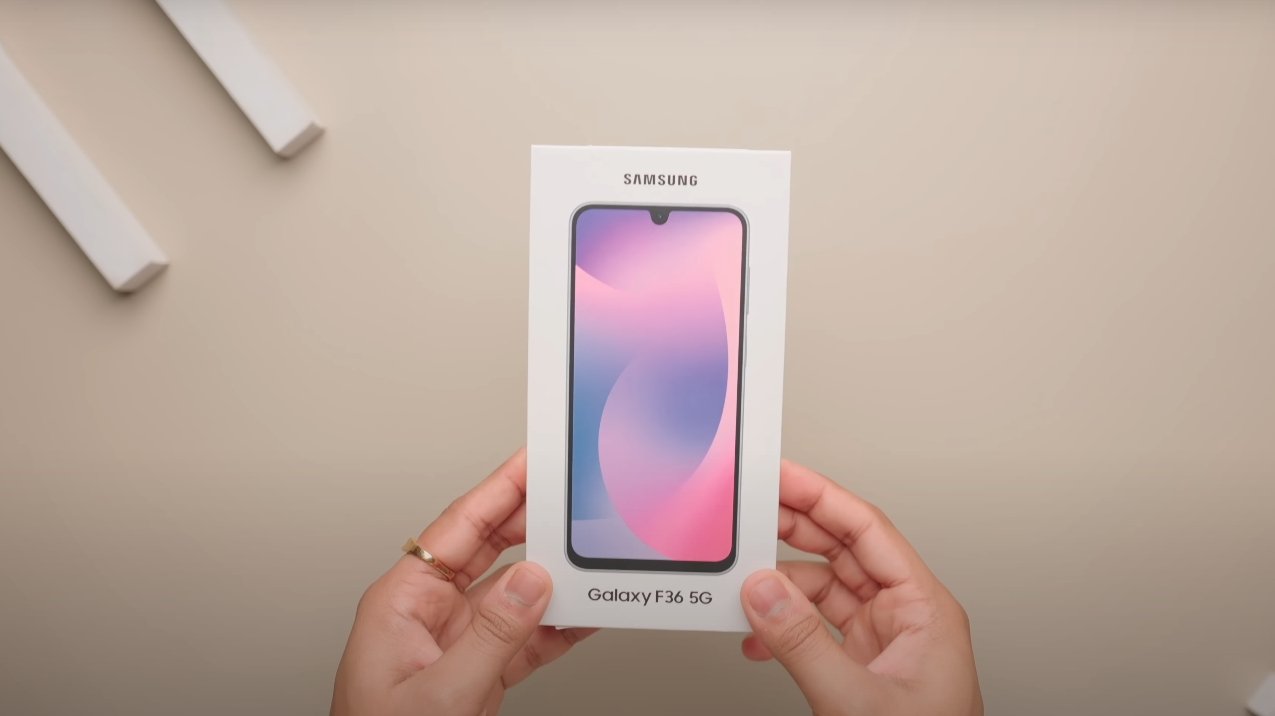Vivo Introduces Refined Gestures and Navigation in OriginOS 6
Vivo’s OriginOS 6 brings a complete overhaul of gestures and navigation, designed to make user interactions faster, smoother, and more intuitive. Built on Android 16, the update not only refines the visual and performance aspects of the system but also introduces a set of gesture-based controls that streamline everyday tasks. These changes are particularly valuable for users who want a fluid, one-handed experience while navigating large displays on flagship devices.
One of the key improvements in OriginOS 6 is gesture-based navigation across the system. Swipes from the edges now support multiple functions depending on the context. For example, swiping up from the bottom of the screen can return to the home screen, while swiping up and holding opens the recent apps menu. Side-edge swipes allow users to switch between apps quickly, while diagonal swipes can launch specific functions such as split-screen or multitasking shortcuts. The gestures are smoother and more responsive due to the underlying “Origin Smooth Engine,” which optimizes frame rates during transitions.
The update also introduces customizable gesture shortcuts. Users can assign gestures to perform specific actions, such as launching the camera, activating the flashlight, or opening a preferred app. This level of personalization allows users to tailor navigation to their habits and workflow. For example, a swipe from the corner of the screen could open a floating window, while a double-tap gesture could switch between two frequently used apps. These shortcuts significantly reduce the number of taps needed for common actions.
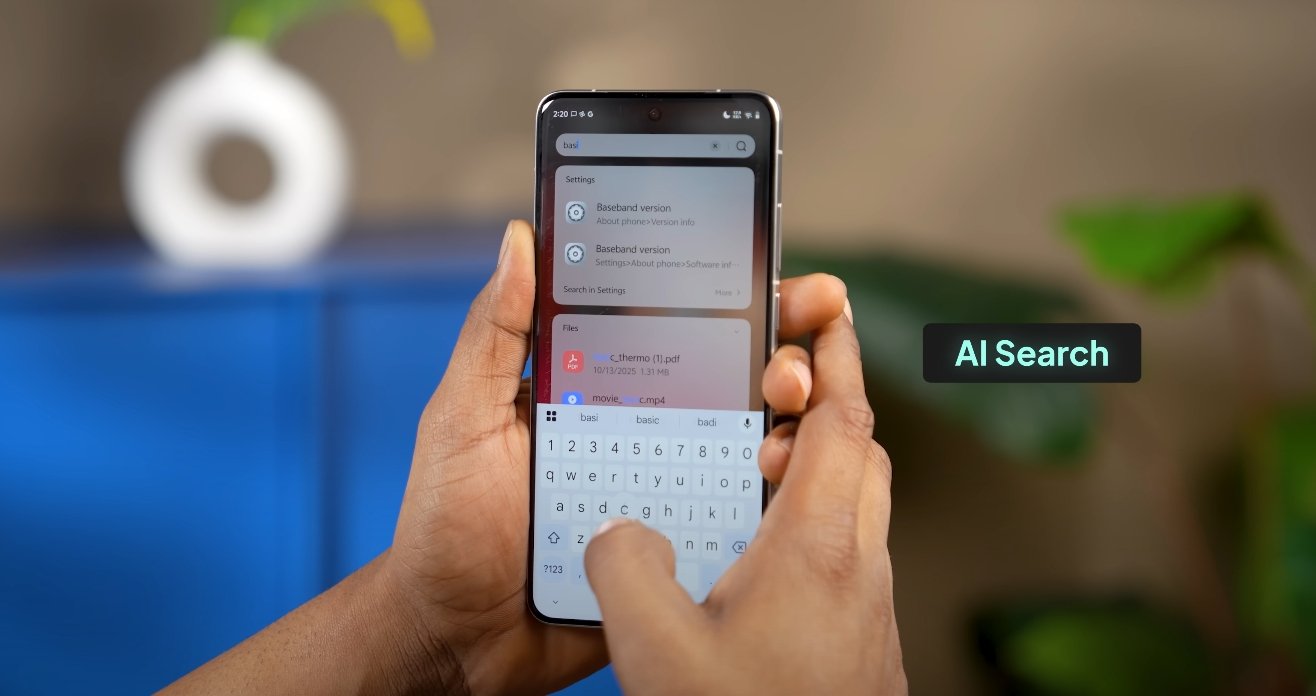
Split-screen and multitasking gestures have been upgraded as well. Users can now swipe up with two fingers to instantly enter split-screen mode or drag an app from the recent apps menu to open it in a floating window. This gesture-based approach makes multitasking more fluid, eliminating the need to manually access menus or settings. For users managing multiple apps simultaneously, these changes save time and reduce interruptions.
Another notable enhancement is the navigation pill and gesture indicators. Vivo has redesigned the visual feedback for gestures to make interactions more intuitive. A subtle pill at the bottom of the screen now provides guidance on swipe paths, allowing users to learn and adapt to new gestures quickly. The indicators appear only briefly, ensuring they do not clutter the interface while still providing essential visual cues.
OriginOS 6 also focuses on adaptive gestures based on usage patterns. The system learns which gestures a user employs most frequently and prioritizes these actions, effectively speeding up repeated tasks. For example, if a user regularly swipes from the edge to switch apps, the system will anticipate this action and preload the next app in the background. This predictive capability enhances overall responsiveness and creates a more seamless experience.
For users concerned about precision and accidental triggers, Vivo has implemented gesture sensitivity adjustments. Users can fine-tune the responsiveness of each gesture, ensuring that accidental swipes do not interfere with daily tasks. This is particularly helpful for devices with larger displays, where edge swipes can sometimes register unintentionally.
Finally, OriginOS 6 maintains full compatibility with traditional navigation options. While gestures are emphasized, users who prefer the classic three-button navigation or two-button system can continue using them. This flexibility ensures that both new users and those accustomed to legacy Android navigation methods can operate their devices comfortably.
In conclusion, OriginOS 6 brings a comprehensive suite of gesture and navigation improvements to Vivo devices. With customizable shortcuts, predictive adaptive actions, split-screen and floating window gestures, and refined visual feedback, navigation is faster, more intuitive, and better suited for large-screen smartphones. These changes make OriginOS 6 a significant step forward in providing a fluid and user-centric interaction model, particularly benefiting professionals, students, and power users in the USA.
